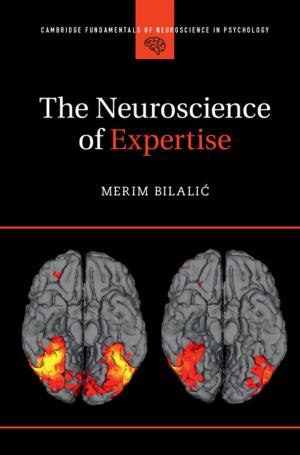Cultural Development of Mathematical Ideas
Papua New Guinea Studies
Nonfiction, Health & Well Being, Psychology, Cognitive Psychology, Reference & Language, Education & Teaching| Author: | Geoffrey B. Saxe | ISBN: | 9781139563918 |
| Publisher: | Cambridge University Press | Publication: | September 28, 2012 |
| Imprint: | Cambridge University Press | Language: | English |
| Author: | Geoffrey B. Saxe |
| ISBN: | 9781139563918 |
| Publisher: | Cambridge University Press |
| Publication: | September 28, 2012 |
| Imprint: | Cambridge University Press |
| Language: | English |
Drawing upon field studies conducted in 1978, 1980 and 2001 with the Oksapmin, a remote Papua New Guinea group, Geoffrey B. Saxe traces the emergence of new forms of numerical representations and ideas in the social history of the community. In traditional life, the Oksapmin used a counting system that makes use of twenty-seven parts of the body; there is no evidence that the group used arithmetic in prehistory. As practices of economic exchange and schooling have shifted, children and adults unwittingly reproduced and altered the system in order to solve new kinds of numerical and arithmetical problems, a process that has led to new forms of collective representations in the community. While Dr Saxe's focus is on the Oksapmin, the insights and general framework he provides are useful for understanding shifting representational forms and emerging cognitive functions in any human community.
Drawing upon field studies conducted in 1978, 1980 and 2001 with the Oksapmin, a remote Papua New Guinea group, Geoffrey B. Saxe traces the emergence of new forms of numerical representations and ideas in the social history of the community. In traditional life, the Oksapmin used a counting system that makes use of twenty-seven parts of the body; there is no evidence that the group used arithmetic in prehistory. As practices of economic exchange and schooling have shifted, children and adults unwittingly reproduced and altered the system in order to solve new kinds of numerical and arithmetical problems, a process that has led to new forms of collective representations in the community. While Dr Saxe's focus is on the Oksapmin, the insights and general framework he provides are useful for understanding shifting representational forms and emerging cognitive functions in any human community.















